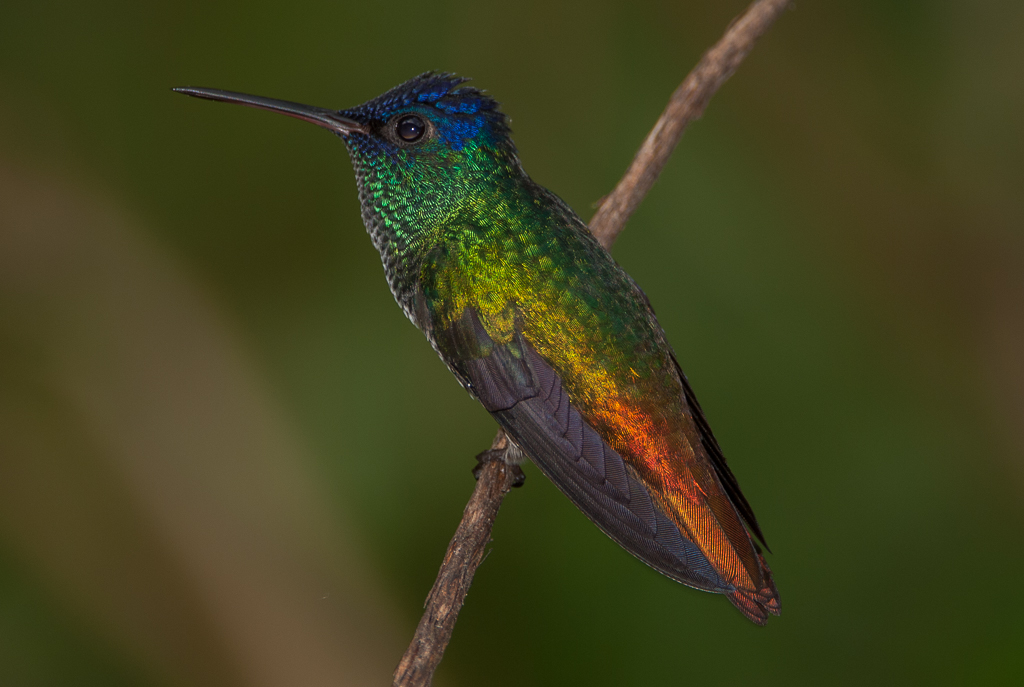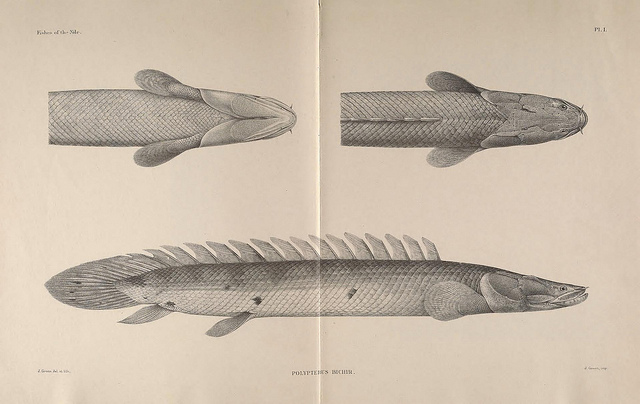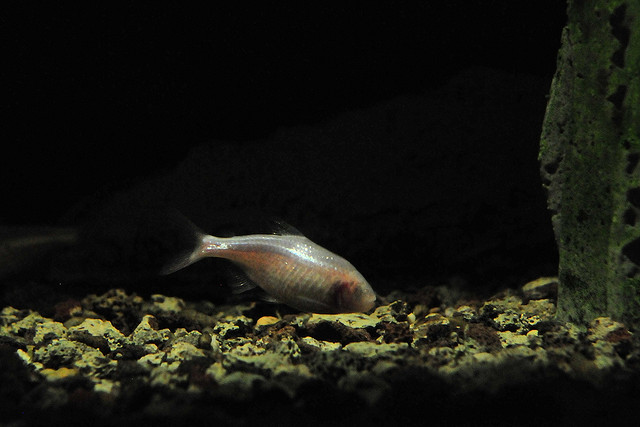WWF: We just halved the world’s vertebrate population

It’s not only the world’s population of
birds that has dropped massively over the last 40 years. Photo: Rob Williams
Humankind needs to rethink its way of living and consuming the world’s resources immediately. That’s the bottom line of the latest Living Planet Index, presented by the World Wildlife Fund today in Berlin. Over just four decades we managed to reduce the size of the world’s populations of fish, birds, mammals, amphibians and reptiles by 52 percent. That’s a lot faster than previously thought, according to the WWF.
The report that is published every two years also says that our demands at the moment are 50 percent above what nature can bear. We cut down too many trees, use too much fresh water and emit carbon dioxide at an unsustainable rate.
The biggest declines of vertebrate wildlife was found in tropical regions, especially Latin America, the report finds. The dramatic numbers result from a change in the available information that went into the report. Two years ago the WWF talked about a decline of 28 percent in the time period from the 1970s until 2008, because the report relied on readily available information mostly from North America and Europe. Today the Living Planet Index is based on trends from around the world in a total of 10,380 populations of 3,038 mammal, bird, reptile, amphibian and fish species.
The main reasons for the massive decline are clear, states the report: the loss of natural habitats, overexploitation through hunting or fishing and climate change.
However, WWF International Director General Marco Lambertini strikes a hopeful note: it’s not too late to “develop sustainably and create a future where people can live and prosper in harmony with nature.”






